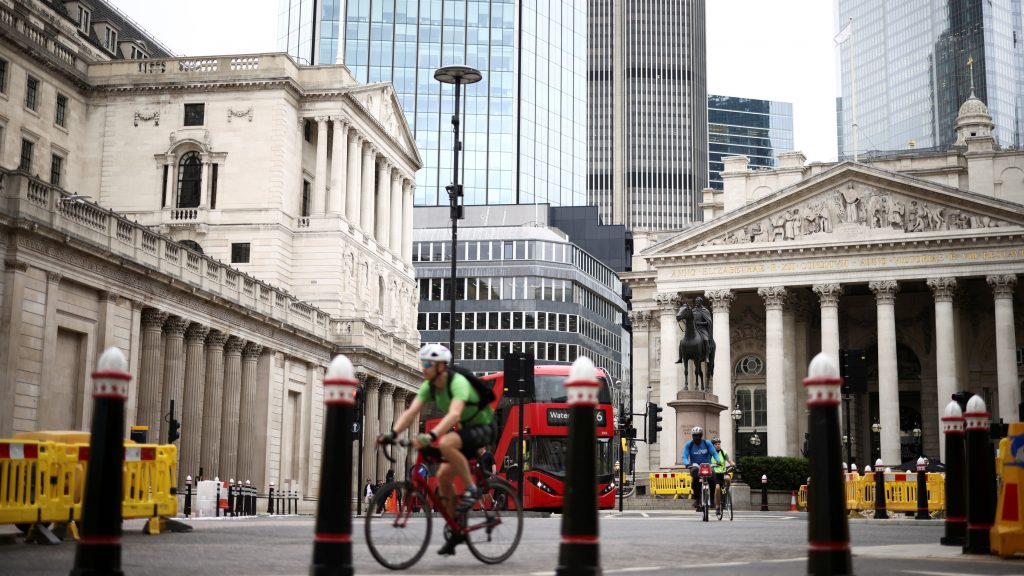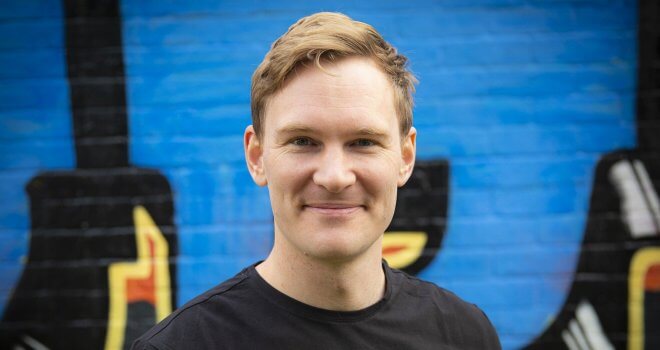The Net Zero Challenge: Using Data To Decarbonise Buildings

As we head into 2022, net zero is a top business priority. With its ‘code red’ warning, COP26 showed the world that there is no time to waste in the fight against climate change. It also made clear that businesses are now outpacing policymakers when it comes to net zero commitments by setting targets for 2030 or sooner.
Demand for decarbonisation is growing from all corners, including customers, investors, clients, tenants, employees and communities. The primary driver behind this shift is ethical – more people understand that it’s the right thing to do, perhaps the only thing to do – but it’s increasingly becoming a financial imperative too. As Larry Fink, CEO of global investment firm Blackrock, has warned for some time, ‘climate risk is investment risk’.
A key enabler in driving the transition to net zero is technology. Data is the single biggest catalyst for green progress, as enhanced data capabilities provide opportunities for continuous improvement based on real-time analytics and automated decision-making.
But for many organisations current technology and data capabilities don’t match future requirements and targets, so they will need to close the digital gap through technology investment.
Action through the built environment
Nowhere is this gap more evident than it is in corporate real estate (CRE). The built environment contributes 40% of global carbon emissions, which means that buildings – specifically, the design and management of them – have a central role to play in decarbonisation efforts and mitigating the effects of climate change.
Increasingly, business understands that role. According to JLL research, 56 percent of occupiers are specifically addressing carbon reduction as part of their CRE strategy and a further 29 percent expect to address it by 2025. They also realise that enhanced technology and data capabilities, including smart buildings and energy monitoring, will boost transparency through greater reporting and measurement capability.
JLL’s research has revealed that a large majority of occupiers (84 percent) agree that digital solutions will be critical in achieving sustainability goals, with 43 percent expanding their data and benchmarking capabilities. However, only 17 percent of organisations currently have an action plan for their real estate.
The power of data
Real estate presents a wide spectrum of decarbonisation opportunities, all the way from mainstream waste and energy solutions through to more sophisticated on-site and off-site solar to carbon offsets. But the first step in any net zero journey must begin with understanding and identifying the impact that a business, and its property, has on the environment, including the carbon that buildings emit.
Historically, measuring a building’s carbon output has been an almost impossible task because buildings are large, complex, unwieldy things with lots of component parts – all at different ages and running at different speeds. It gets even more complicated when you consider multiple buildings across sprawling portfolios.
Think about it: thousands of assets with different manufacturer recommendations that experience varying demands depending on their location, frequency of use and investment costs.
That’s where smart engineering – a combination of IoT sensors, analytics platforms, remote capability, and highly skilled engineers – can make all the difference. Tracking energy consumption data from equipment, lighting and energy meters within a single system gives organisations a clear sustainability baseline for active process improvement.
In the short term, organisations can use this data to inform current OPEX based on optimising, recommissioning and managing the existing infrastructure. Over the long term, you can also use it as the basis for future strategic asset management plans and investments that lead to more significant carbon reduction, a key component of any building lifecycle and net zero ambition.
This capability becomes even more powerful if you can combine consumption data with other smart technology insights. Taking asset readings alone will limit how much energy you can save. But integrating the asset data with occupancy sensor information, for example, allows you to tailor system usage specifically, leading to further carbon savings.
In turn, this combination of data can help organisations drive other sustainability initiatives, such as installing automated controls that adjust environmental factors in real-time and implementing behavioural change programmes to help staff understand how their actions contribute to energy use.
Smart engineering can also create considerable (and often overlooked) carbon savings from reduced fuel emissions. By taking readings from smart sensors remotely, engineers no longer need to carry out as many site visits, only attending to assets in emergencies or when planned maintenance is scheduled.
A water analogy
One of the challenges to decarbonisation is that it’s difficult to conceptualise. There is a very convincing argument that if we could see carbon emissions, we would produce less. Perhaps, then, it’s easier to think about waste using a water-based example. Building water systems can be equipped with similar smart technology for Legionella testing.
When digitising this process, sensors send data such as temperature and water flow readings to remote-based engineers, enabling them to identify where systems are flushing through natural daily usage and flag any points where action is required if water is in danger of stagnating.
The old way required technicians to drive to sites and march through buildings, turning taps on and off to prove that flushing had occurred. The new method is estimated to save some 640 litres of water per outlet, 2.9 tonnes of CO2, and 11 journeys annually.
The pressure to decarbonise CRE and operations is growing at an exponential rate. But with the growth of technology and data, brought to life through smart engineering, organisations have a solid platform from which to build their net zero strategy.
Shane Betts, head of corporate accounts, Integral




